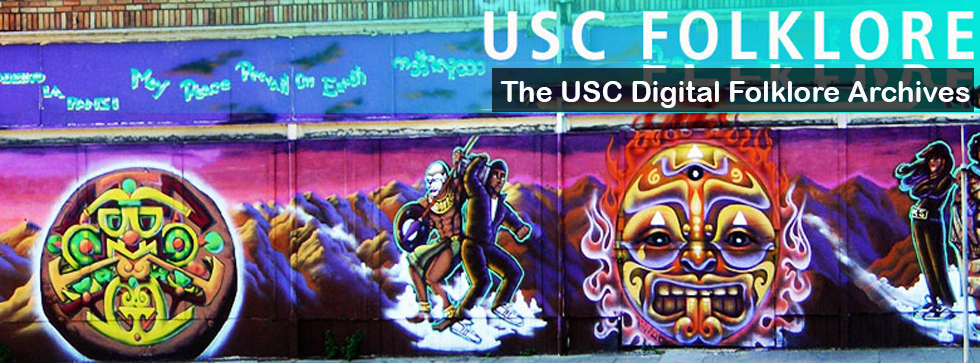Text
Tinikling is a Filipino folk dance. Originating during the Spanish occupation of the Philippines, farmers would use bamboo traps to keep animals away from their crops. However, the Philippine tikling bird was able to bypass the traps and reach the crops, which is what Tinikling is said to be named after. This dance itself mimics the movements of the tikling bird and was also created to deter birds from the land. There is also another legend associated with tinikling. When the Spaniards had colonized the Philippines, the native Filipinos were forced to work on plantations. As the story goes, those who didn’t comply with the orders from the Spanish leaders had to stand between two bamboo poles while they were clapped together and thus injured their feet. So, the Filipino people would jump to avoid this pain, and this form of punishment turned into a traditional folk dance in the Philippines.
Context
My informant for this story is my dad (VG), who said he remembers hearing the story and seeing Tinikling performed for the first time when he was a kid. The Filipino dance of Tinikling involves two long bamboo rods, at least six feet in length. Two people play the role of clappers while the dancers stand between the bamboo poles. The apparel of the dancers is often traditional Filipino clothing, for example, a Barong Tagalog for men. The dancers will step and jump while the clappers continuously clap the bamboo poles together according to the rhythm. My dad’s mom told him something about birds dancing or flying from branch to branch, and someone else had told him that birds were hopping to avoid bird traps.
Interpretation
I’m curious about the possible origins. While both could be just as likely, it makes me wonder if they were both true but different sides of the same story, one more appropriate for younger audiences. Or perhaps one or neither is perfectly accurate, and stories and embellishments were developed to accompany the dance. Either way, Tinikling is an extremely impressive folk dance that requires lots of skill while also bringing Filipino communities together.
